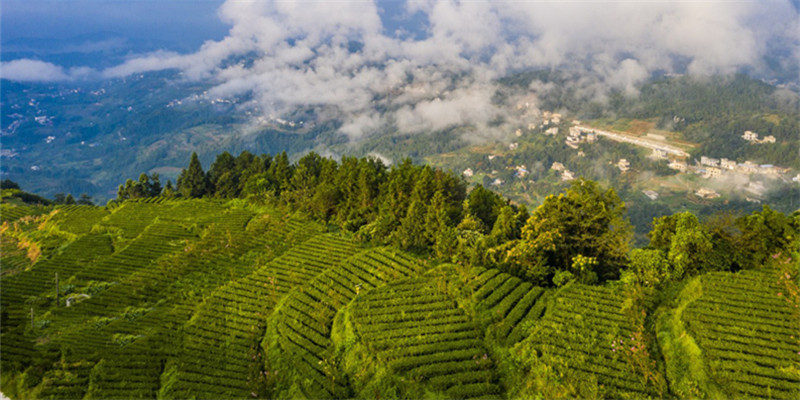In April this year, the Ministry of Agriculture and Rural Affairs, together with the National Health Commission and the General Administration of Market Supervision, issued a new version of the National Food Safety Standard Maximum Residue Limits for Pesticides in Food (GB 2763-2021) (hereinafter referred to as the “new standard”). According to requirements, the new standard will be formally implemented on September 3.
This new standard is the most stringent in history and covers the widest range. The number of standards exceeded 10,000 for the first time. Compared with the 2019 version, there were 81 new pesticide varieties and 2,985 residue limits. Compared with the 2014 edition before the “13th Five-Year Plan”, the number of pesticide varieties increased by 46%, and the number of residue limits increased by 176%.
It is reported that the new standard benchmarking “the most rigorous standard” requires the scientific setting of residue limits, highlighting the supervision of high-risk pesticides and key agricultural products, and ensuring the quality and safety of agricultural products on a larger scale. 792 limit standards for 29 banned pesticides, including methamidophos, and 345 limit standards for 20 restricted pesticides, such as omethoate, provide a sufficient basis for the strict supervision of the use of banned pesticides in violation of laws and regulations.
The new version of the standard has four main characteristics
The first is the substantial increase in the variety and limited quantities of pesticides covered. Compared with the 2019 version, the number of pesticide varieties in the new version of the standard has increased by 81, an increase of 16.7%; the pesticide residue limit has increased by 2985 items, an increase of 42%; the number of pesticide varieties and the limit has reached nearly 2 of the relevant standards of the International Codex Alimentarius Commission (CAC) Times, comprehensive coverage of pesticide varieties and major plant-derived agricultural products approved for use in my country.
Second, it embodies the “four most stringent” requirements. 792 limit values for 29 banned pesticides and 345 limit values for 20 restricted pesticides have been set; for fresh agricultural products such as vegetables and fruits that are of high social concern, 5766 residue limits have been formulated and revised, accounting for 57.1 of the total current limits. %; In order to strengthen the supervision of imported agricultural products, 1742 residue limits for 87 kinds of pesticides that have not been registered in my country have been formulated.
The third is that the standard formulation is more scientific and rigorous and in line with international standards. The new version of the standard is based on my country’s pesticide registration residue test, market monitoring, residents’ dietary consumption, pesticide toxicology and other data. The risk assessment is carried out in accordance with the common CAC practices, and the opinions of experts, the public, relevant departments and institutions and other stakeholders have been extensively solicited. , And accepted comments from members of the World Trade Organization. The adopted risk assessment principles, methods, data and other requirements are in line with CAC and developed countries.
The fourth is to speed up the improvement of pesticide residue limit testing methods and standards. This time, the three departments also simultaneously issued four pesticide residue detection method standards including the National Food Safety Standard for the Determination of 331 Pesticides and Their Metabolite Residues in Plant-derived Foods by Liquid Chromatography-Mass Spectrometry, which effectively resolved some of the standards. “Limited quantity and no method” in pesticide residue standards.
Post time: Aug-25-2021




